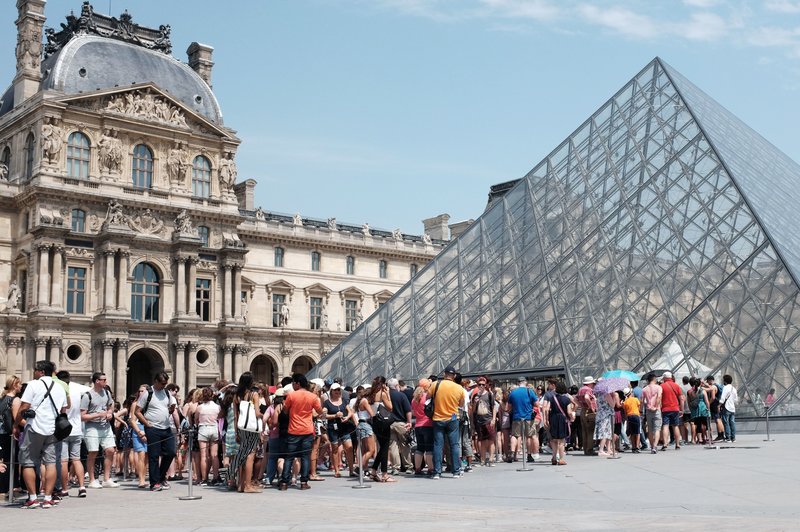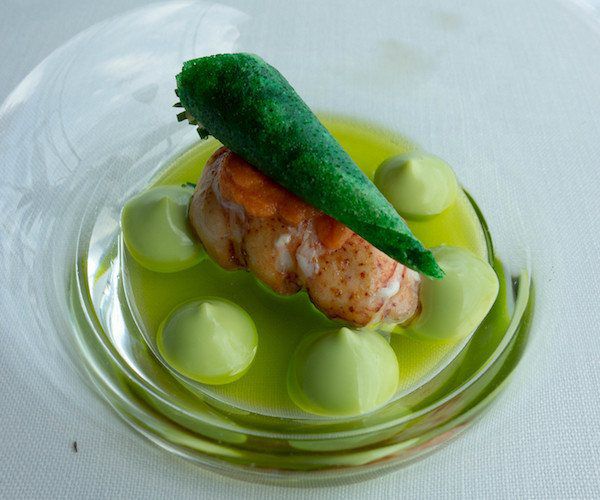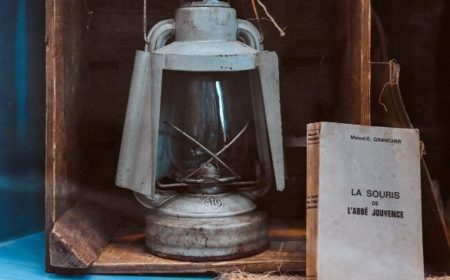
A year ago, getting to see the Mona Lisa without thronging crowds was a privilege afforded to the likes of Beyoncé and Jay Z.
But big crowds are now unimaginable at the Paris museum, which reopened on Monday, July 6, after more than three months of lockdown.
The closure—its longest since World War II—meant a €40 million drop in revenue for the institution, which typically accommodates 30,000 people a day.
On Monday, just 7,000 people reserved tickets—an unsurprising figure, given that 75 percent of the museum’s visitors come from overseas. The Louvre says it expects more local crowds for the foreseeable future.
But at least some tourists did make it on Monday, including Steve, who declined to give his first name.
“We think it was nice and not so crowded because they don’t have so many international tourists yet,” Steve, who visited with a friend from Finland, told Artnet News.
For the moment, 30 percent of the museum remains closed, including the galleries devoted to the arts of Africa, Asia, Oceania, and the Americas, as well as the lower level of the Islamic galleries.
As expected, face masks are now a must. Tickets, with set time entries, must be reserved online, and visitors must follow one-way color-coded trajectories throughout the museum to avoid bottlenecks. Social-distancing markers now adorn the floors of the 16th-century former royal palace, and hand-sanitizing stations are peppered throughout.
But visitors we spoke to said the Denon Wing—where the Mona Lisa, the Winged Victory of Samothrace, and French large-format paintings live—was still the busiest part of the museum, which has long been an issue at the Louvre. news.artnet.com



